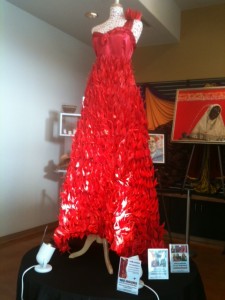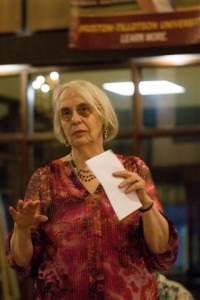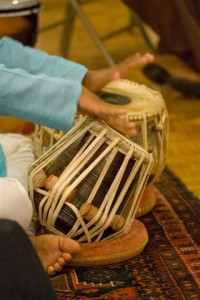In light of the recent events and discussions we have to ask ourselves, how do simple likes and dislikes – of food, fashion, music, people – end up being prejudices? When these likes and dislikes are constantly reinforced by family, neighborhood, school, workplace, social media, news, they gain the value of social norms. “Everybody does it,” “boys will be boys,” a gated community is safer than an ungated one, the list could go on. But these are all signs of superficial thinking. Could we ever ask ourselves the next question? Am I like everybody else? Do I want to hang out with bullies? What kind of security does a gate code provide? Can I shoot as fast as the intruder? Will I find my gun when an intruder comes through the window?
In a different arena these prejudicial norms come with us through our upbringing. If our family culture does not respect women, it is easy to put down a wife, belittle her, even  beat her. Violent music and TV shows may even reinforce this type of behavior. Bullies are not born, they are created. One local organization that is hard at work to educate families, especially Asian immigrant families, to acceptable familial behavior is SAHELI. To raise funds for their work they sponsor each spring the ‘Thousand Cranes for Peace’ event. Each crane is folded and recognized for a donation of $10. But what to do with all the origami cranes? This year they were incorporated into a bright red evenig gown. Very creative. Here somewone was thinking ‘outside the box.’ Maybe, that is what we all need to do, when prejudice strikes. Ask the next question.
beat her. Violent music and TV shows may even reinforce this type of behavior. Bullies are not born, they are created. One local organization that is hard at work to educate families, especially Asian immigrant families, to acceptable familial behavior is SAHELI. To raise funds for their work they sponsor each spring the ‘Thousand Cranes for Peace’ event. Each crane is folded and recognized for a donation of $10. But what to do with all the origami cranes? This year they were incorporated into a bright red evenig gown. Very creative. Here somewone was thinking ‘outside the box.’ Maybe, that is what we all need to do, when prejudice strikes. Ask the next question.











